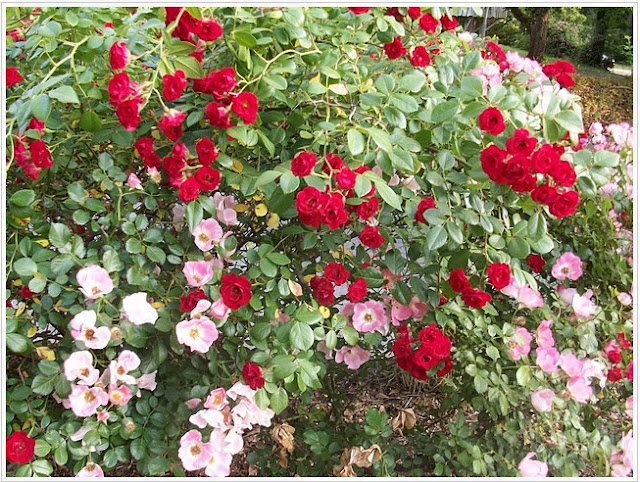As I was preparing this book review, I happened to receive the latest issue of Victoria Magazine. The 2012 March/April issue features beautiful articles on the city of Charleston, SC. Also, available is Victoria Classics – Teatime Bliss. Within this issue you will find over ‘75 recipes, elegant tablescapes and tips for the delecate art of tea’. Together, with Laura Child’s latest chapter in the Tea Shop Mystery series, I could not imagine a more pleasing collection of reading material to while away these waning days of winter.
It is springtime in Charleston and we find our intrepid heroine Theodosia Brownley, proprietor of Indigo Tea Shop, taking a moments breather from catering a grand opening event at the Neptune Aquarium.
Theodosia is transfixed by the tranquil scenery behind the tempered glass of the large Ocean Wall when she notices something out of place, bobbing around in the water among the sea creatures and sea vegetation.
Theodosia’s startling and personally troubling discovery sets in motion events with a chorus of characters surrounding this disturbing event.
Theodosia is transfixed by the tranquil scenery behind the tempered glass of the large Ocean Wall when she notices something out of place, bobbing around in the water among the sea creatures and sea vegetation.
Readers of The Tea Shop Mystery books become familiar with the cast of characters set in the romantic, steamy backdrop of Charleston, a place filled with old families, old money, gossip and lots of intrigue.
This tale of mystery and intrigue is well played out within the setting of one of the country’s most enchanting cities. Laura Childs takes you on a memory trip if you’ve been to Charleston or taps your imagination with the well-described people and places as she brings to light the charm of this historic city in the Deep South.
I have chosen to serve Laura's Peach Pecan Bread along with cream scones, lemon curd and fresh fruit to be accompanied by Assam tea by Ahmad Tea, London. My husband loved the bread.
I appreciate your visit and I hope you take a moment to explore Laura Child's, 'The Agony of the Leaves'. This wonderful book will be available March 6. You can order this book through her website or through Amazon.
Laura Childs is the New York Times best selling author of the Tea Shop Mysteries, Scrapbook Mysteries and Cackleberry Club Mysteries.
I appreciate your visit and I hope you take a moment to explore Laura Child's, 'The Agony of the Leaves'. This wonderful book will be available March 6. You can order this book through her website or through Amazon.
Laura Childs is the New York Times best selling author of the Tea Shop Mysteries, Scrapbook Mysteries and Cackleberry Club Mysteries.






















































